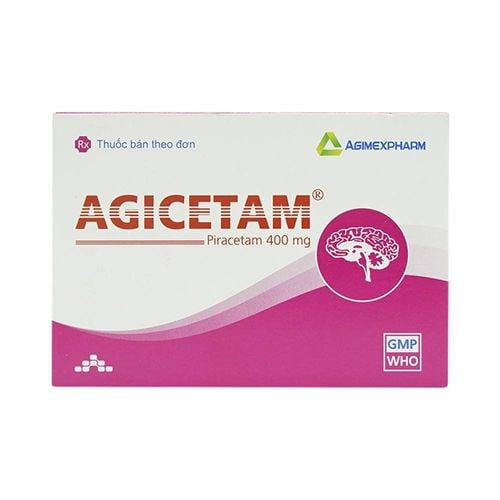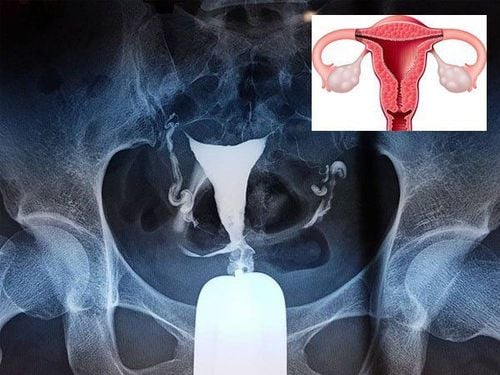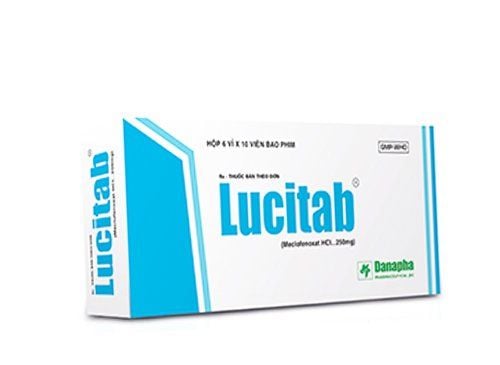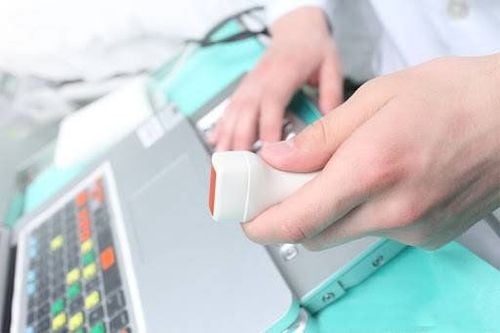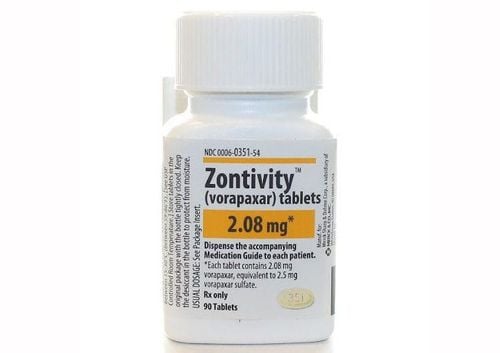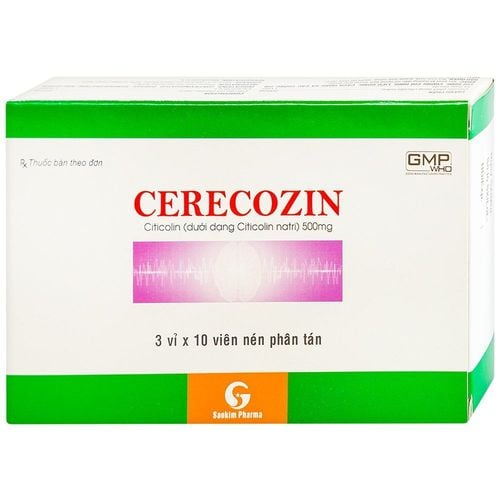This is an automatically translated article.
The article is professionally consulted with Master, Doctor Tong Diu Huong - Radiologist - Department of Diagnostic Imaging - Vinmec Nha Trang International General Hospital.Transient ischemic attacks rarely leave sequelae, so patients often ignore them. In fact, this is a warning sign of a potentially life-threatening stroke that needs to be diagnosed and treated promptly.
1. What is a transient ischemic attack?
Transient ischemic attack is a short-term neurological dysfunction with clinical manifestations of less than 1 hour. This is an extremely dangerous disease, because about 5.3% of patients will have a stroke risk within 2 days. In the next 3 months, 10.5% of patients will have a stroke, the mortality rate will be 21% and 64% will be left with permanent disability.Mechanism of causing transient ischemic attack is similar to cerebrovascular accident, patients will have symptoms such as: Headache, dizziness, nausea, weakness or paralysis of limbs, blurred vision, kissing fascination with convulsions. However, the difference is that the above signs only appear for a short time and do not leave any special sequelae. Therefore, patients are often subjective and do not go to the doctor right away, which increases the risk of stroke later on.
2. Causes and risk factors leading to transient ischemic attack
The main cause of transient ischemic attack is a blood clot that travels and blocks an artery to the brain, causing blood flow to be completely or partially blocked. In addition, the following factors also contribute to transient ischemic attack:People who regularly drink alcohol or drink alcohol, smoke cigarettes regularly; Hypertension , dyslipidemia ; Diabetes and insulin resistance 1; Having obesity or lack of physical activity, not regularly doing sports; Having an unhealthy diet; Experiencing stressful life or work problems that cause anxiety, stress or depression; Heart disease, especially acute myocardial infarction, infective endocarditis and atrial fibrillation; Use of certain drugs such as cocaine, amphetamines; Hyperactivity, vasculitis; Have had a previous stroke; Elderly people and family history of stroke; Men experience this condition more often than women.

3. How is transient ischemic attack diagnosed?
Because transient ischemic attacks often occur quickly and leave no complications, patients often ignore them. However, to prevent possible stroke, the patient should visit a doctor and coordinate treatment with a specialist.Currently, CT is the most commonly used technique in the subclinical diagnosis of stroke-related problems. However, for transient ischemic attack, due to its short duration, magnetic resonance imaging (MRI) is a more effective method, because it helps to detect early stages of stroke.
Brain MRI procedure is conducted after a clinical examination and appointment by the doctor. The patient needs to remove all metal objects on his body and change clothes according to the instructions of the staff. The doctor will then ask the patient to lie down in a suitable position and begin the scan. The time for brain magnetic resonance imaging is not long, about 15 minutes to 1 hour, the patient just needs to lie still until the medical staff announces the end of the scan.
MRI technique to diagnose ischemic attack has many outstanding advantages compared to other methods. Specifically:
Radiation in MRI technology uses wave frequencies similar to radio frequencies, so it does not affect patients; The image captures many different sides, this is the basis for building up the most realistic 3D image; High resolution should be able to find abnormalities behind blood vessels, bone layer. Obtain very detailed brain-related diagnostic images, especially signs of transient ischemic attacks; The time to perform the technique is fast, the device runs smoothly and with low noise, causing no discomfort to the patient. With the above advantages, magnetic resonance imaging (MRI) is the most useful method to diagnose ischemic attack.
In summary, to prevent as well as limit dangerous complications, reduce mortality, as soon as there are signs of cerebral ischemia, patients need to go to a reputable medical facility for examination and treatment. timely treatment. Currently, Vinmec International General Hospital is one of the top quality hospitals in the country, trusted by a large number of patients for medical examination and treatment. Not only the physical system, modern equipment: 6 ultrasound rooms; 4 DR X-ray rooms (1 full-axis, 1 intensifier, 1 synthesizer and 1 mammogram); 2 portable X-ray machines DR; 2 multi-row computer tomography rooms with receivers (1 128-series machine and 1 16-row machine); 2 rooms for magnetic resonance imaging (1 machine 3 Tesla and 1 machine 1.5 Tesla); 1 room for 2 level interventional angiography and 1 room for bone mineral density measurement... Vinmec is also the place to gather a team of experienced doctors and nurses who will greatly assist in diagnosis and early detection. abnormal signs of the patient's body. In particular, with a space designed according to 5-star hotel standards, Vinmec ensures to bring the patient the most comfort, friendliness and peace of mind.
Please dial HOTLINE for more information or register for an appointment HERE. Download MyVinmec app to make appointments faster and to manage your bookings easily.





